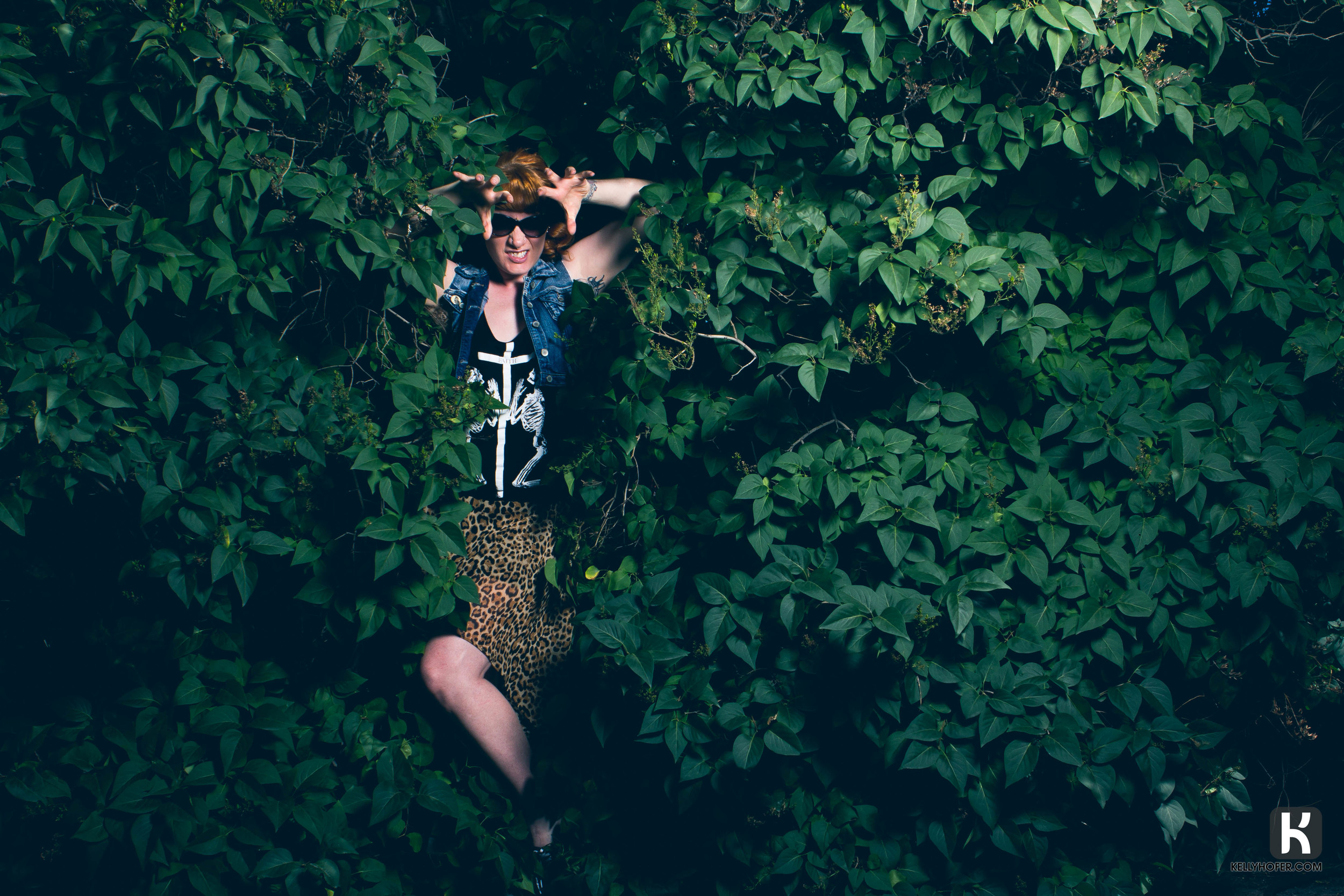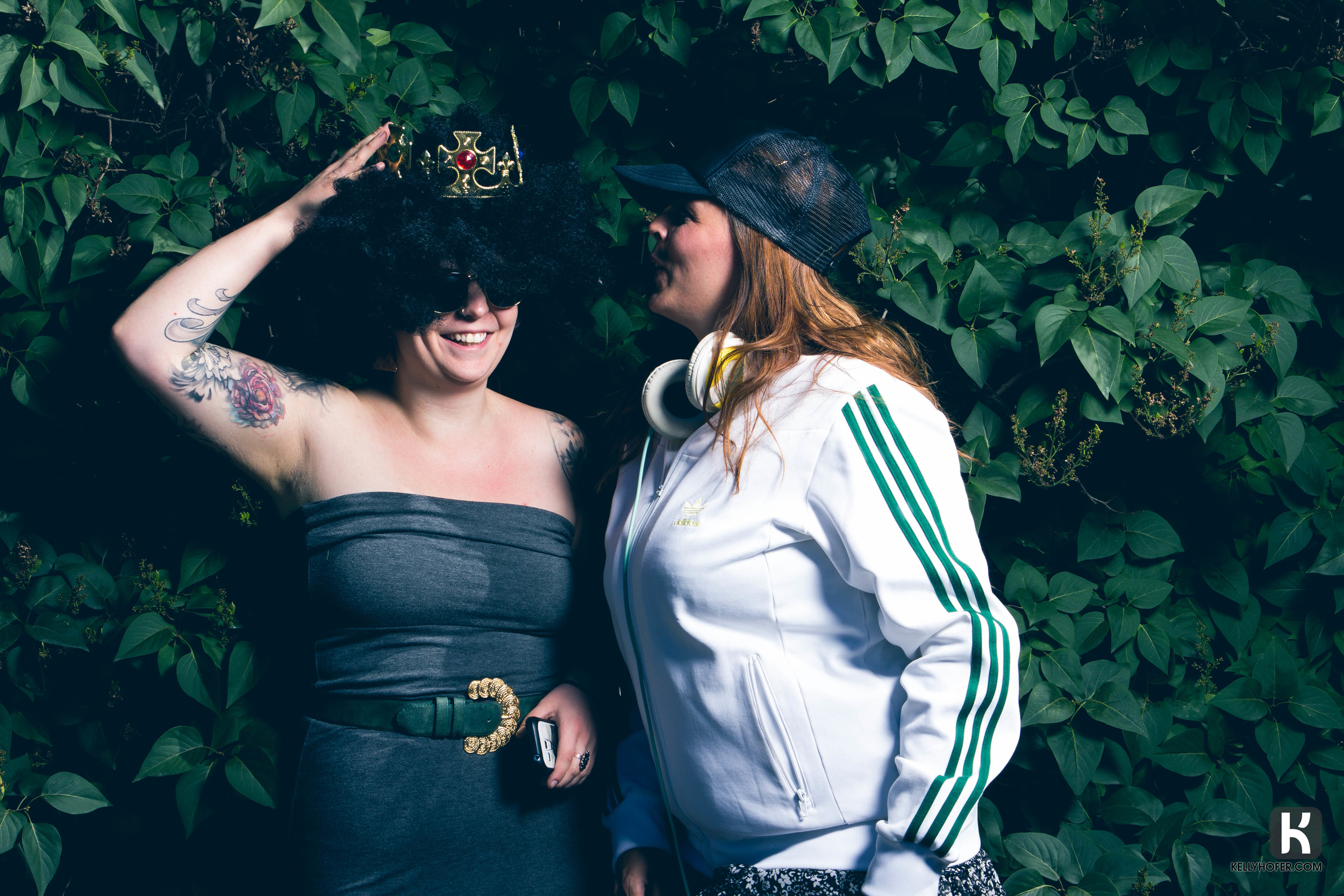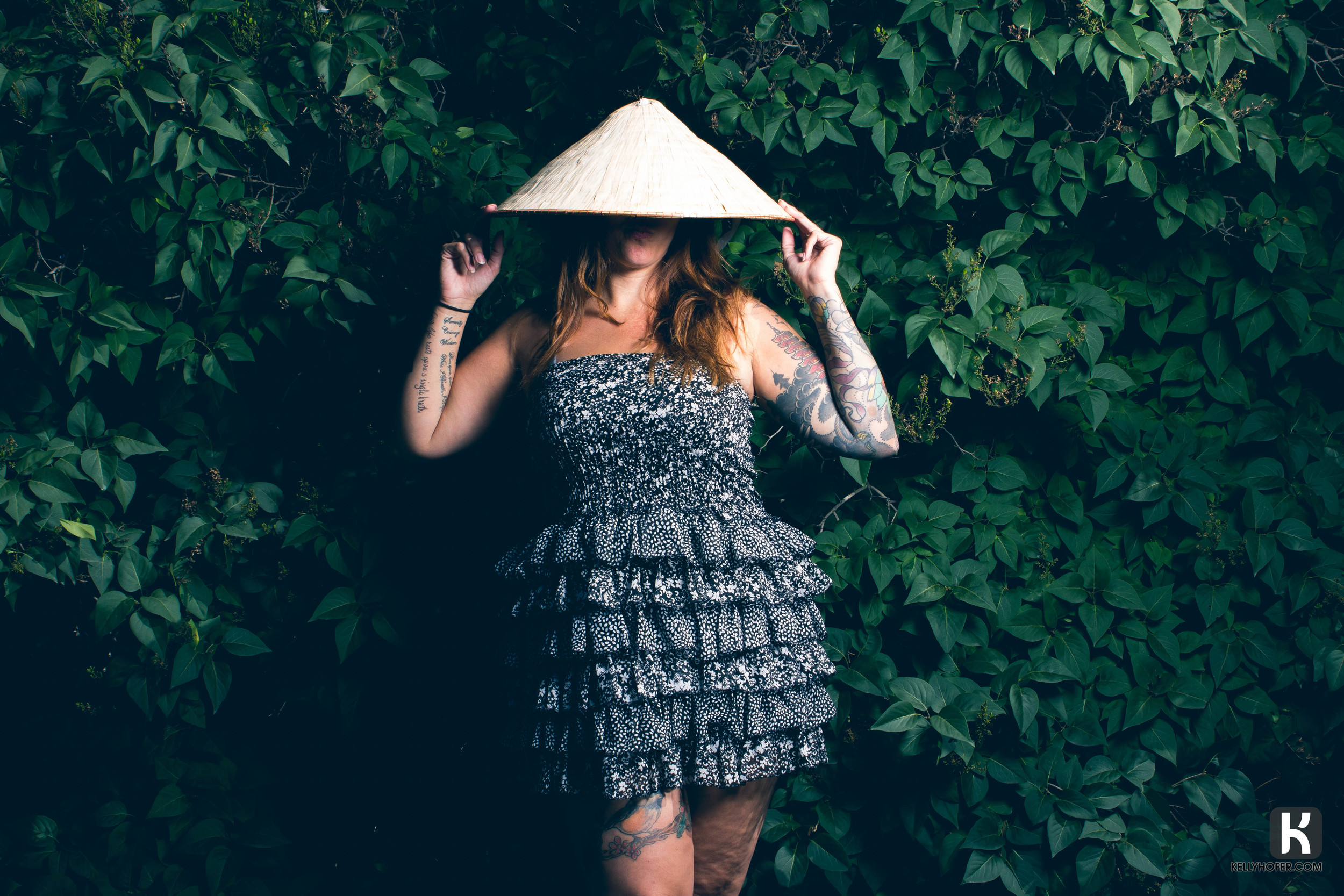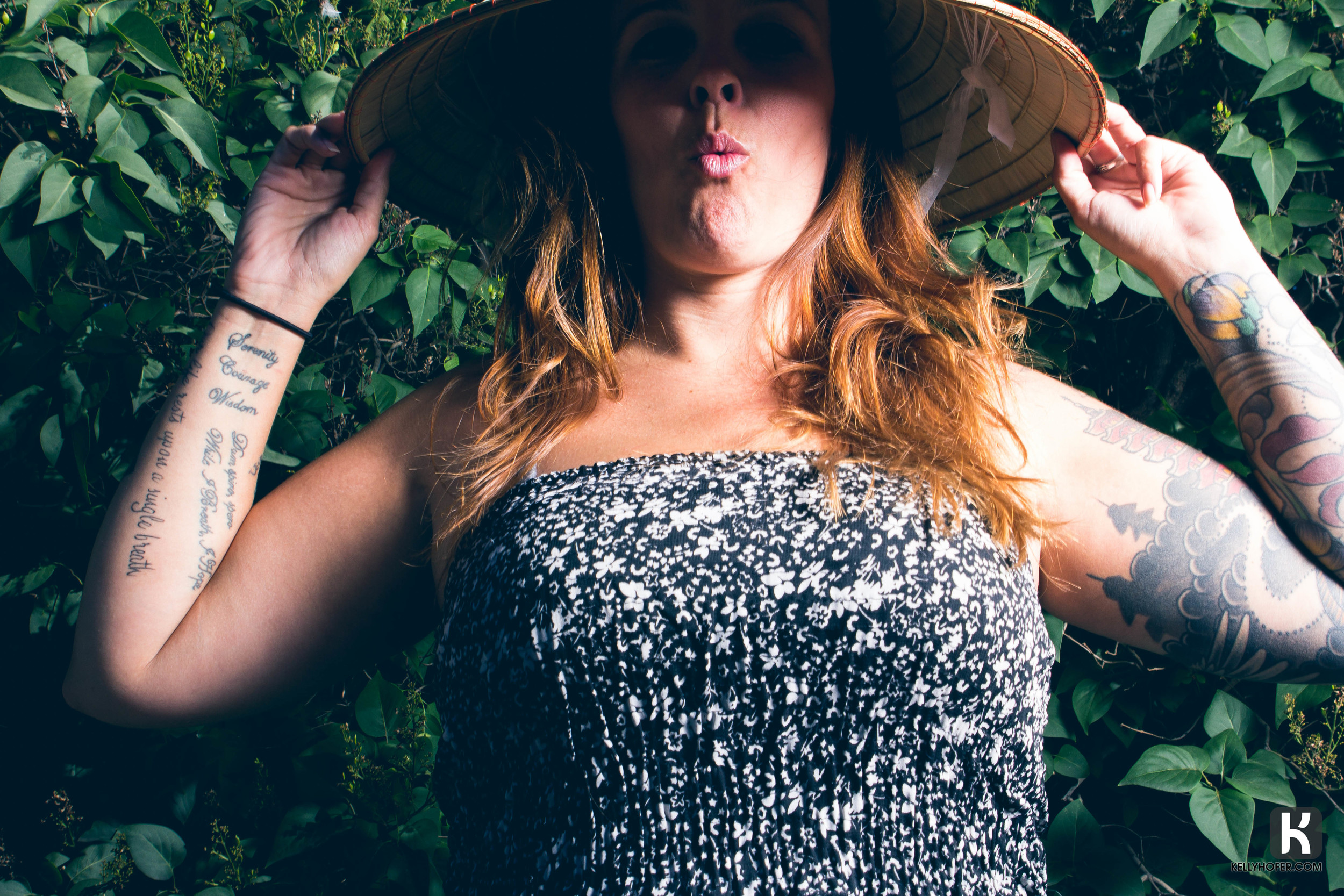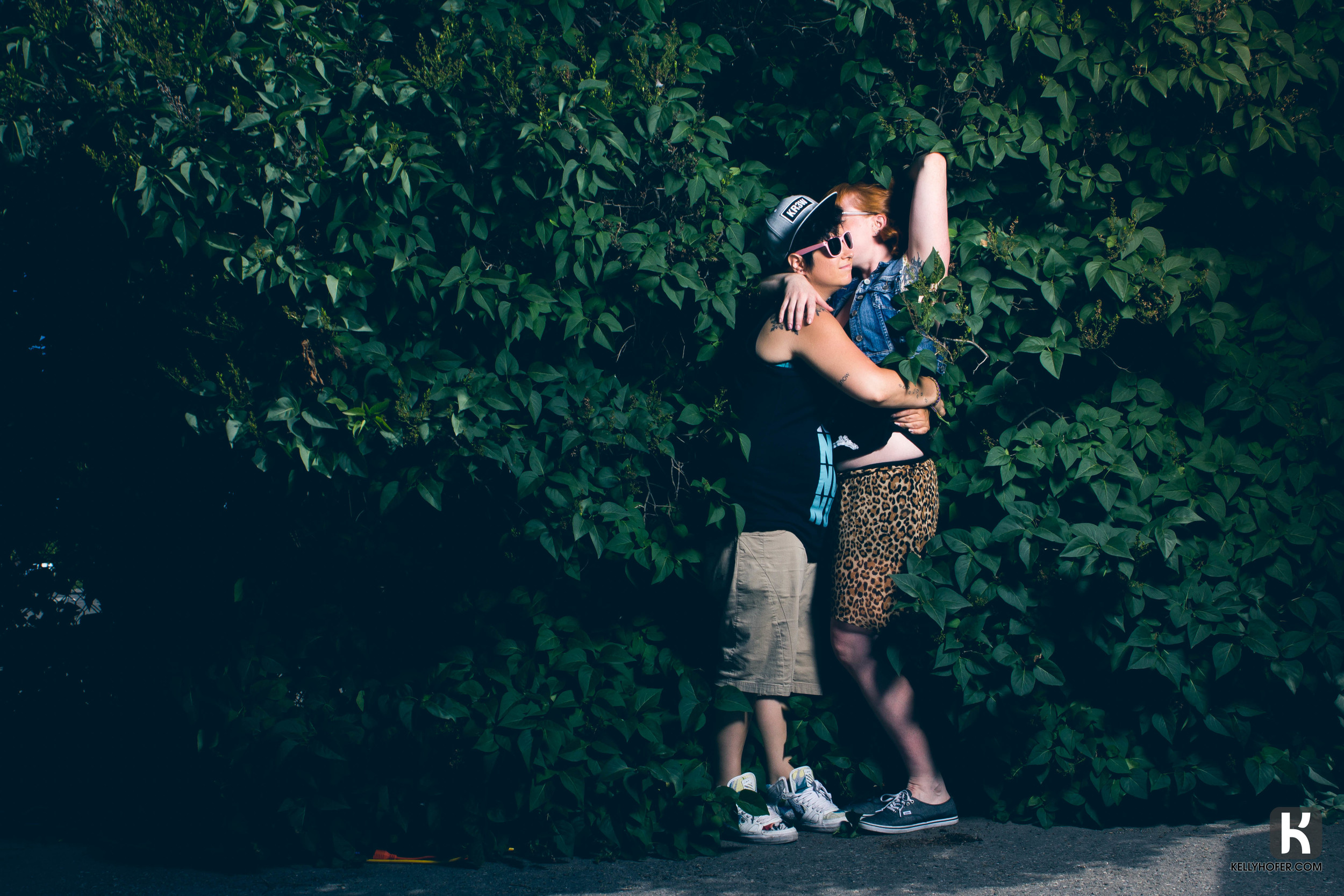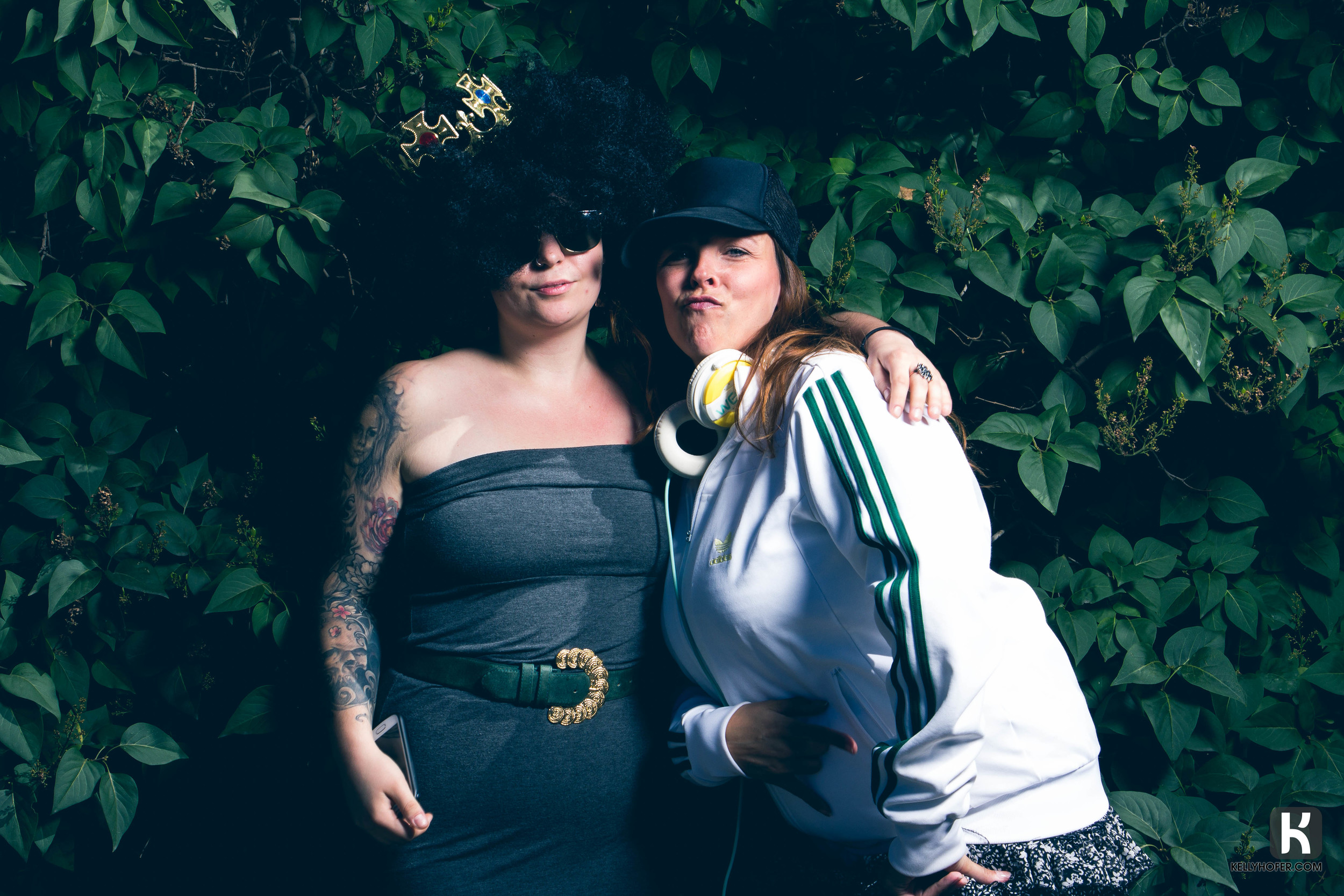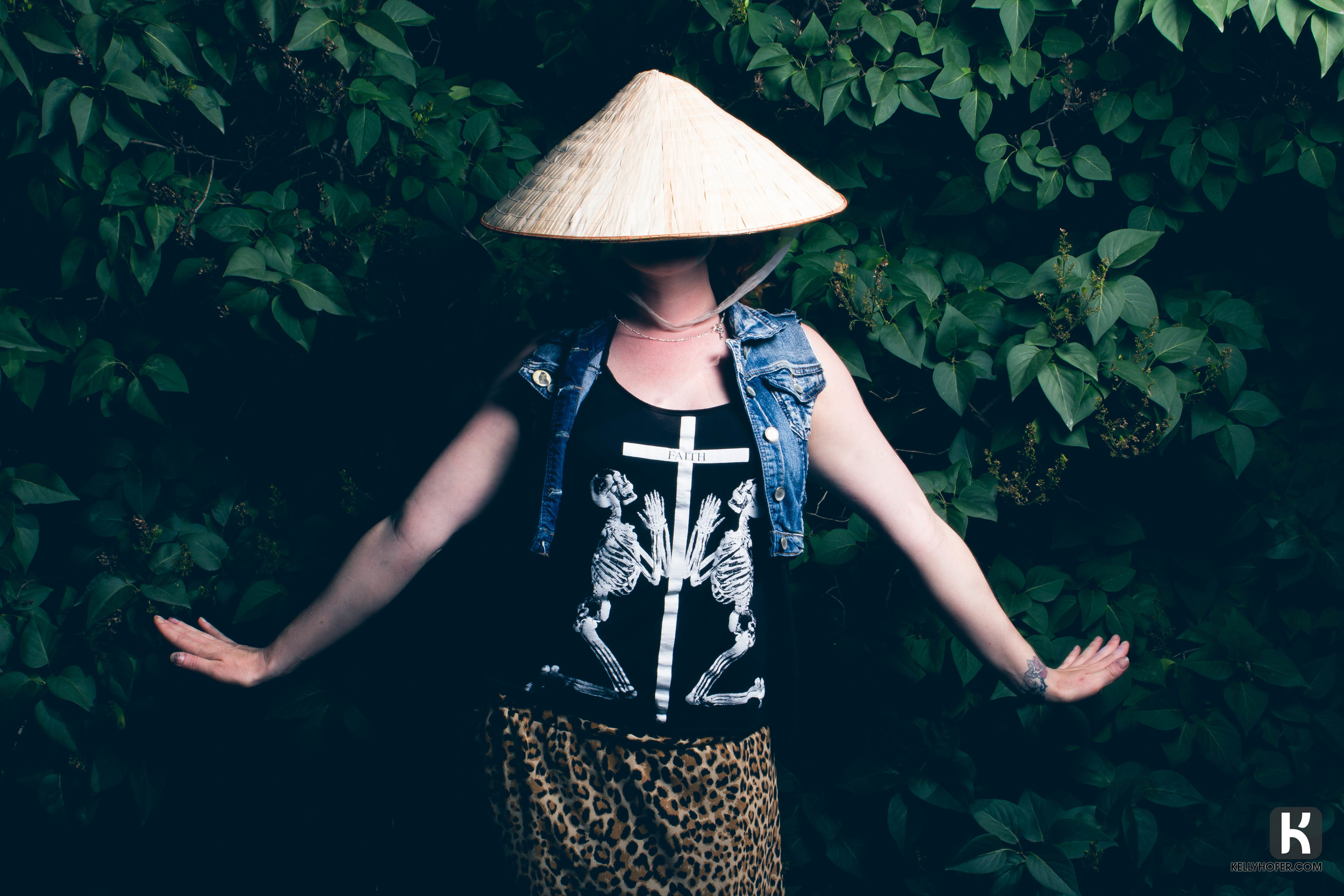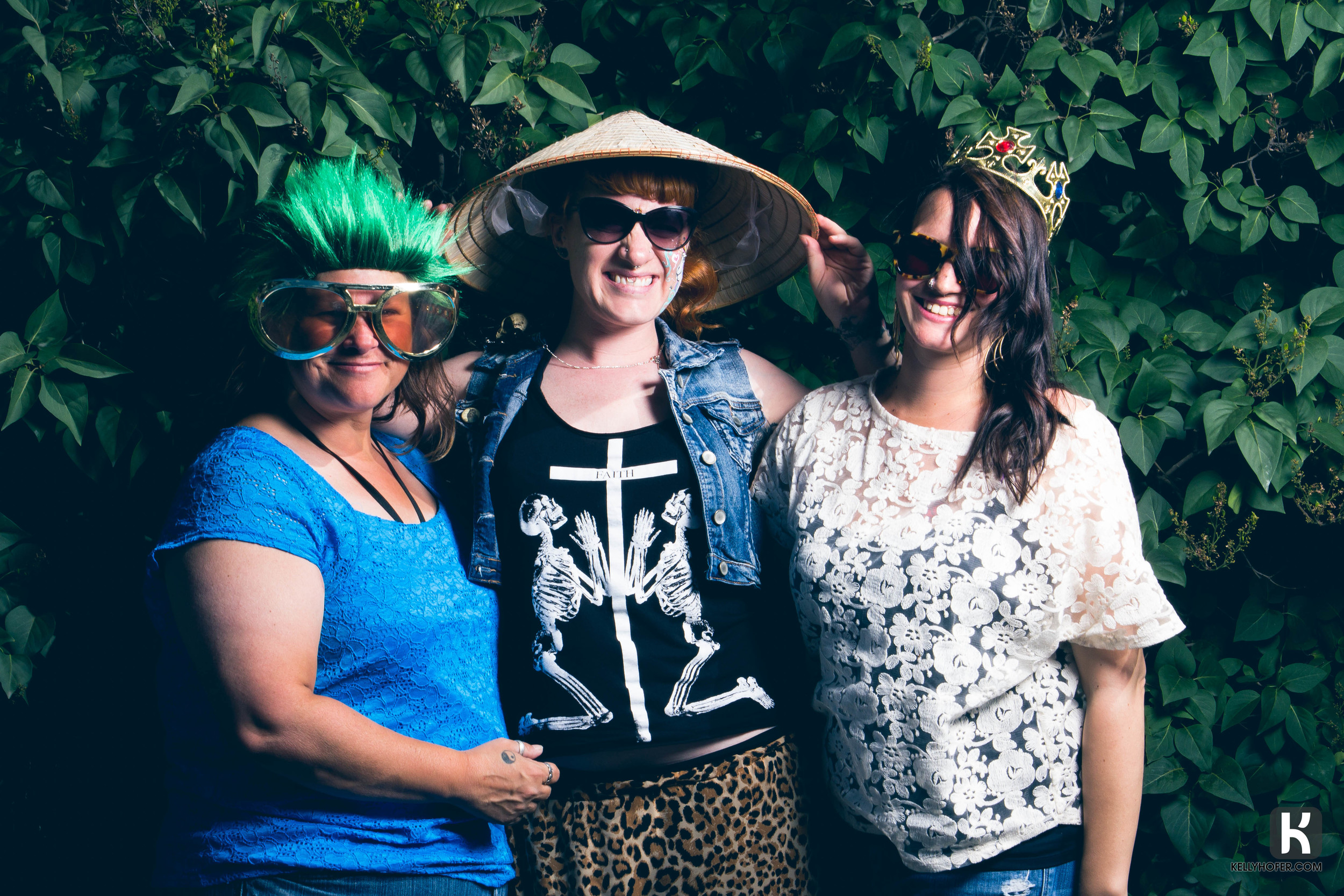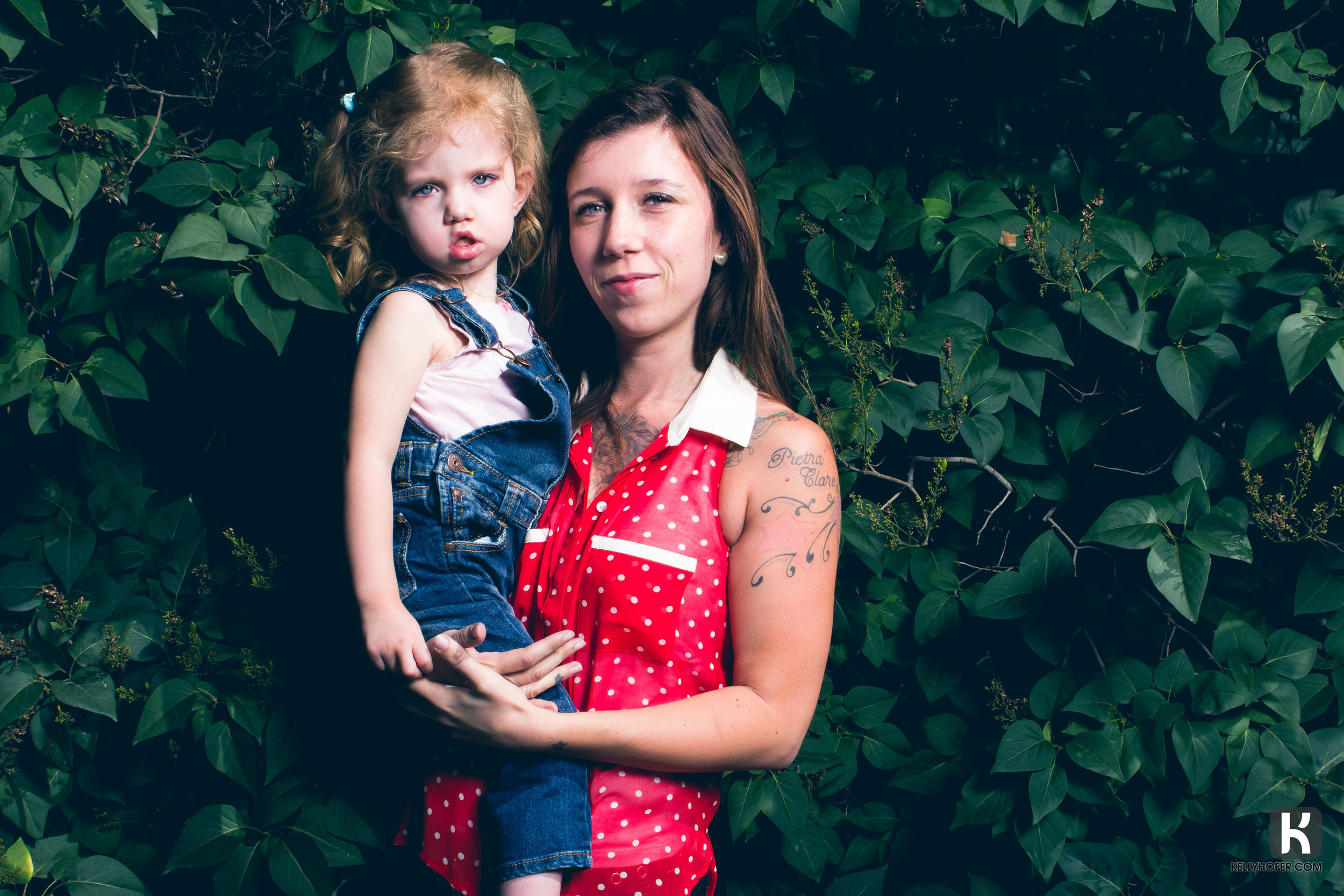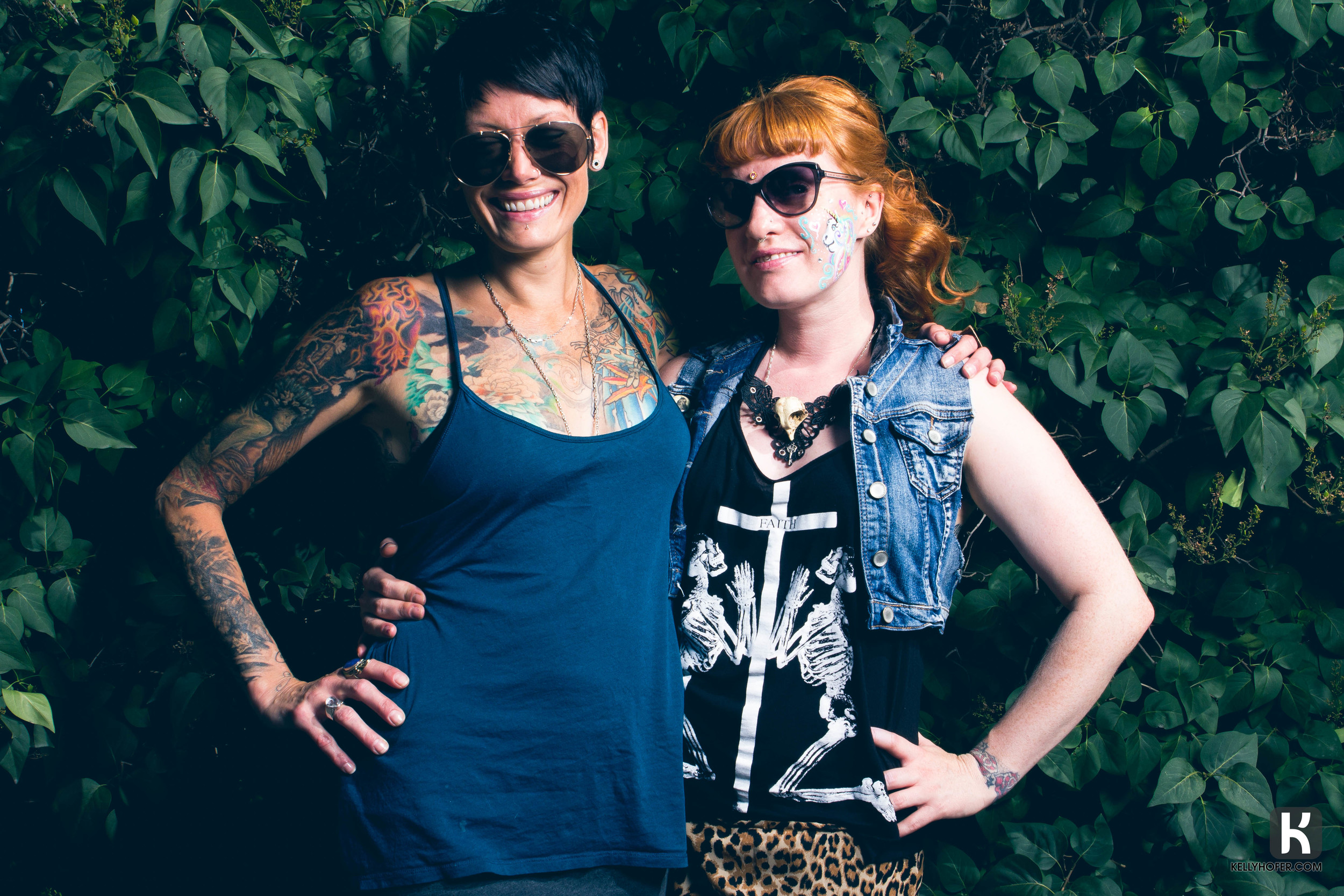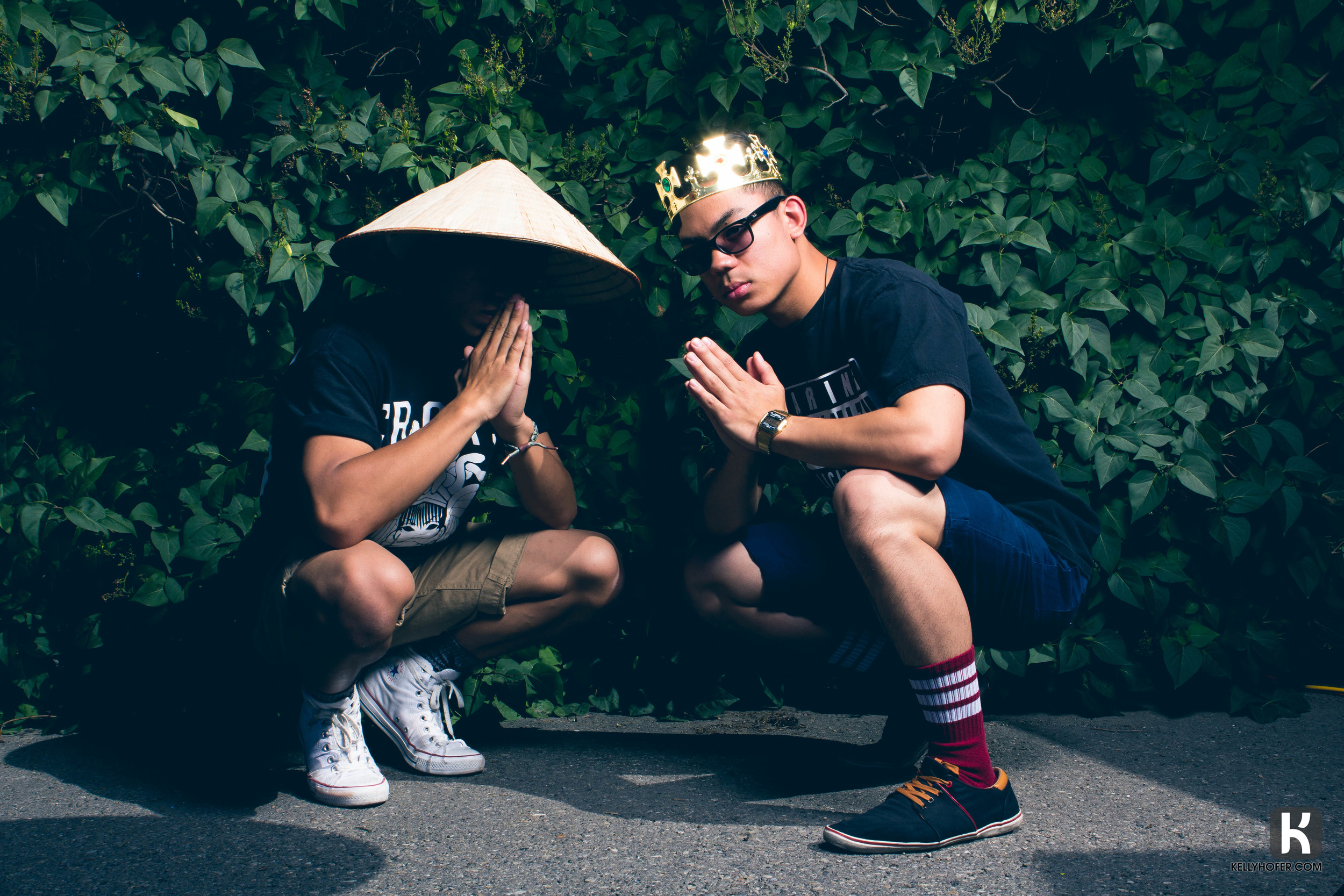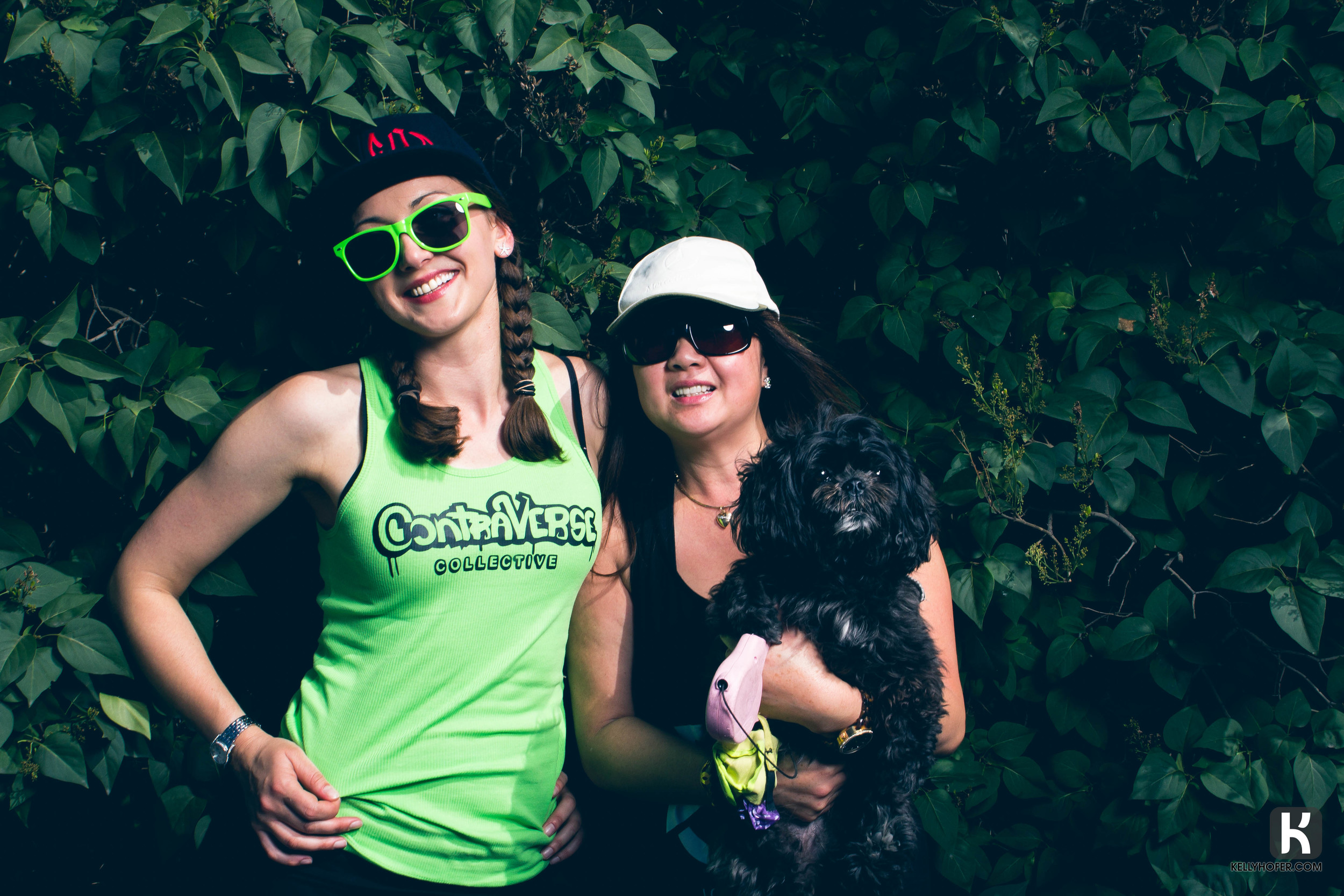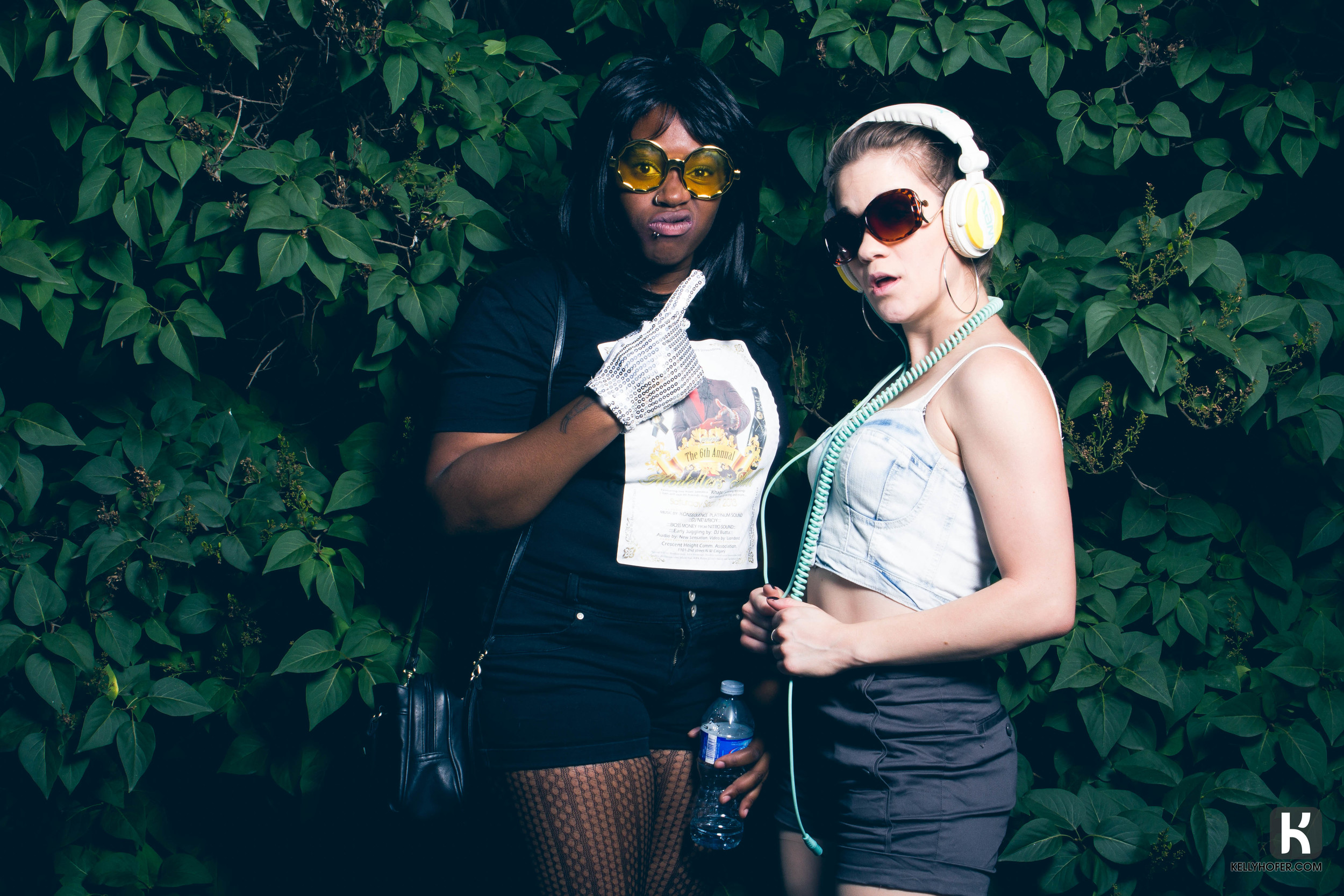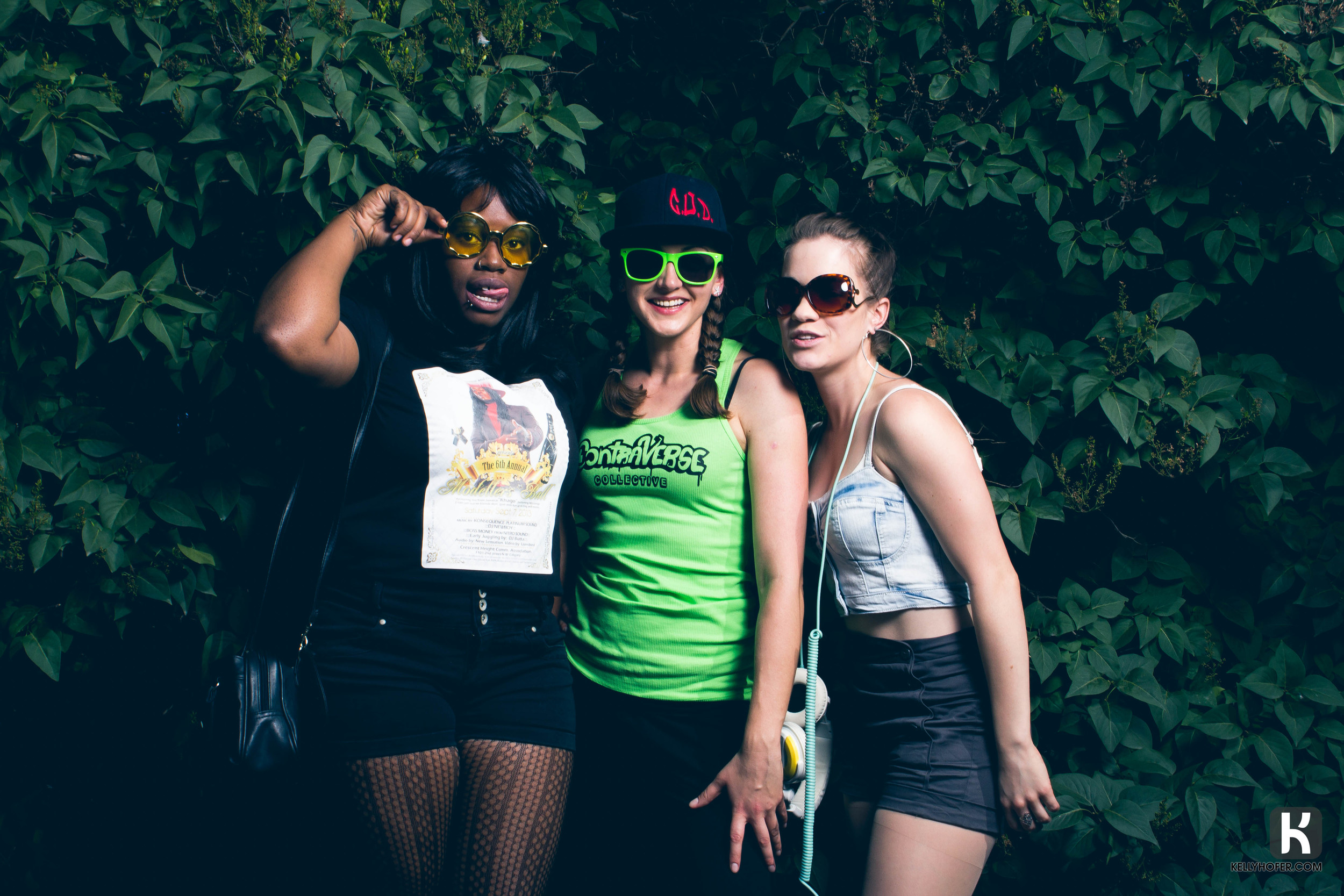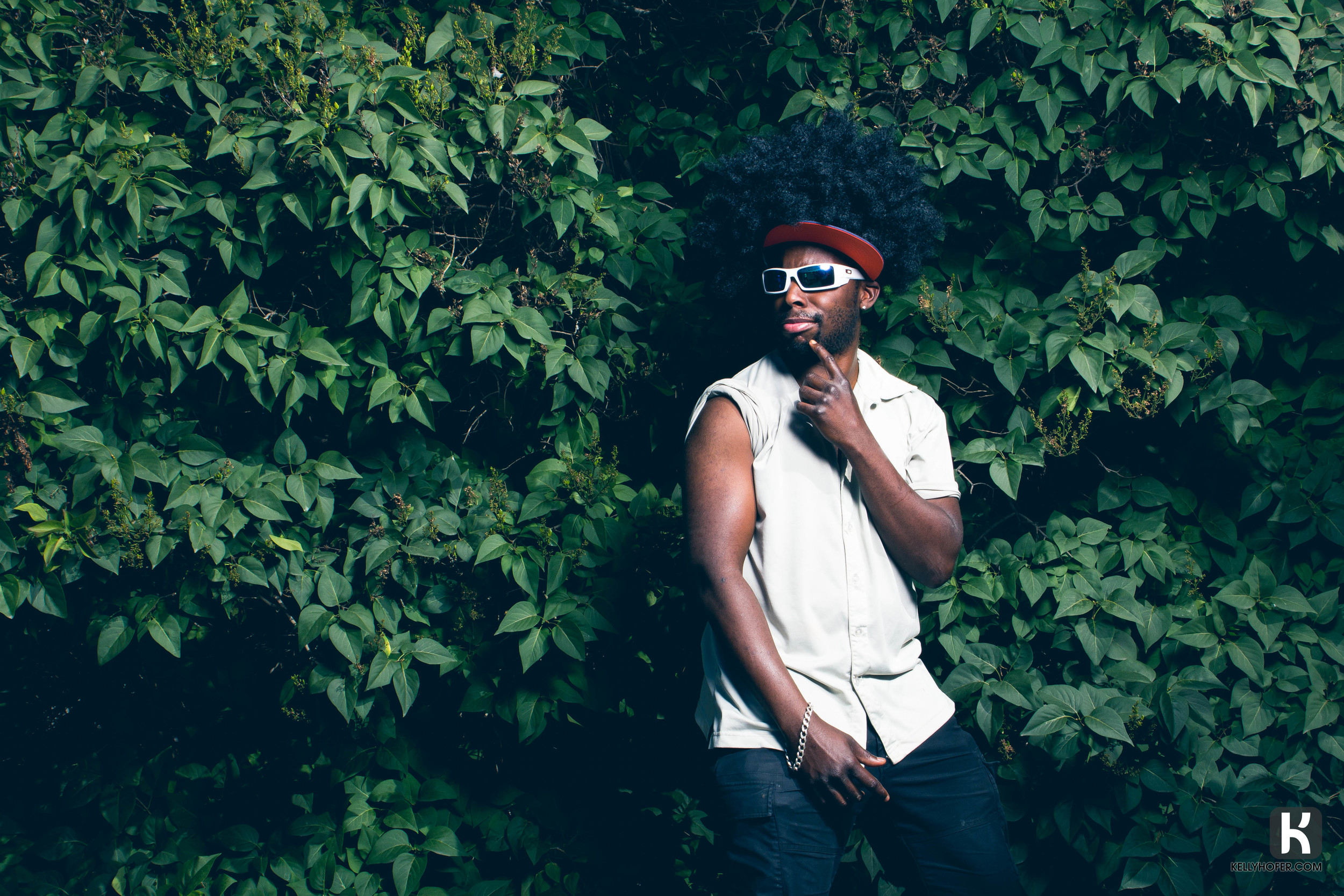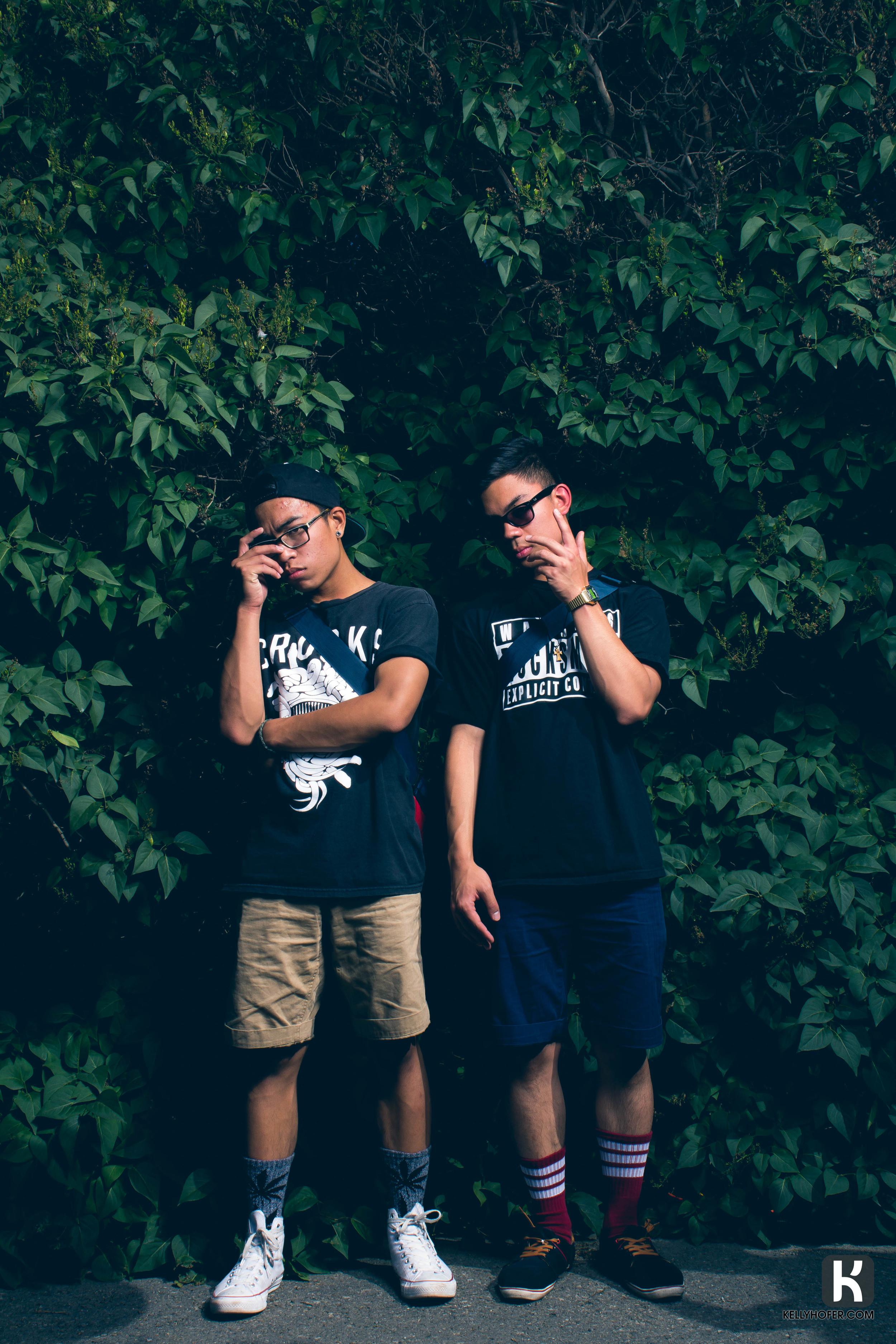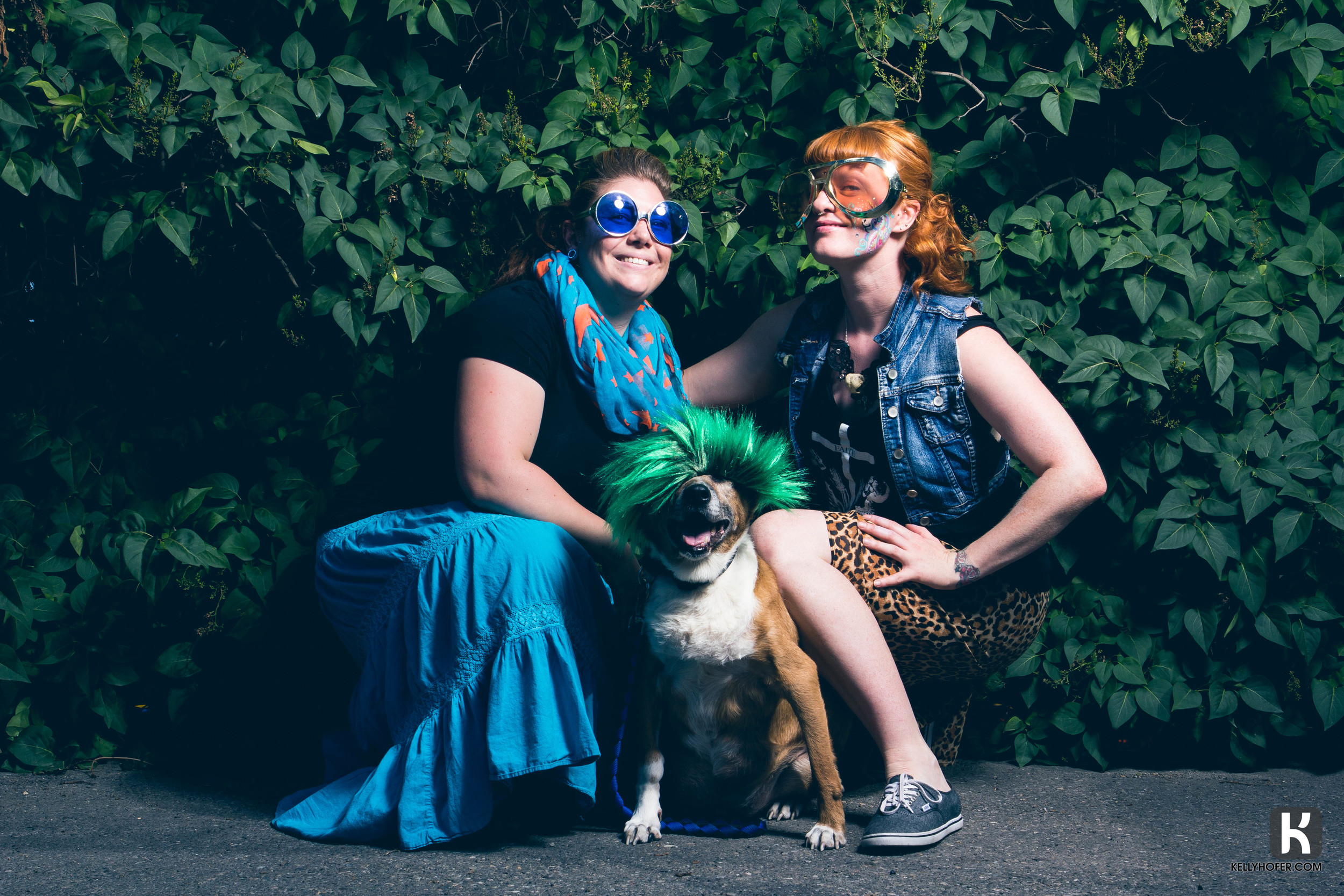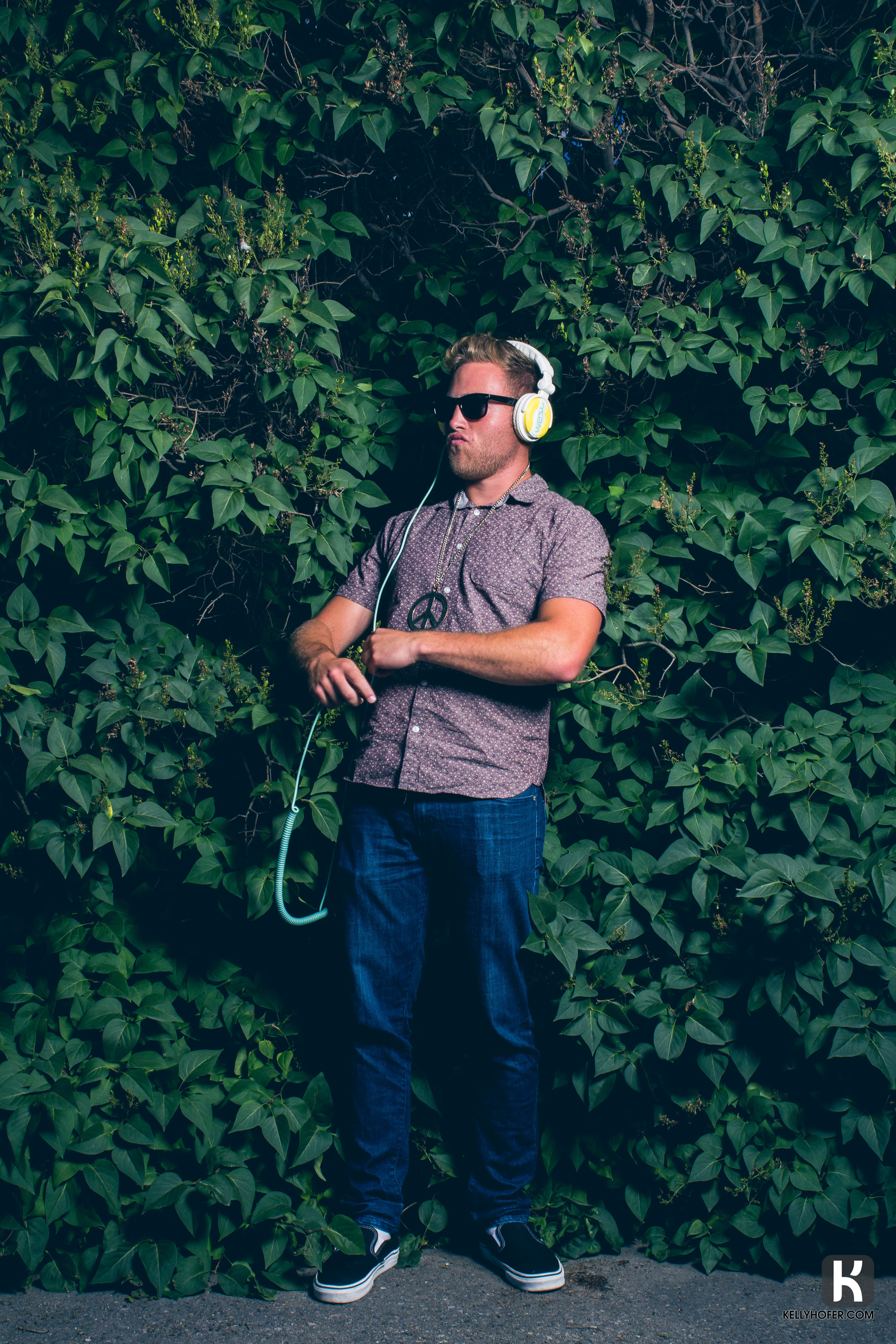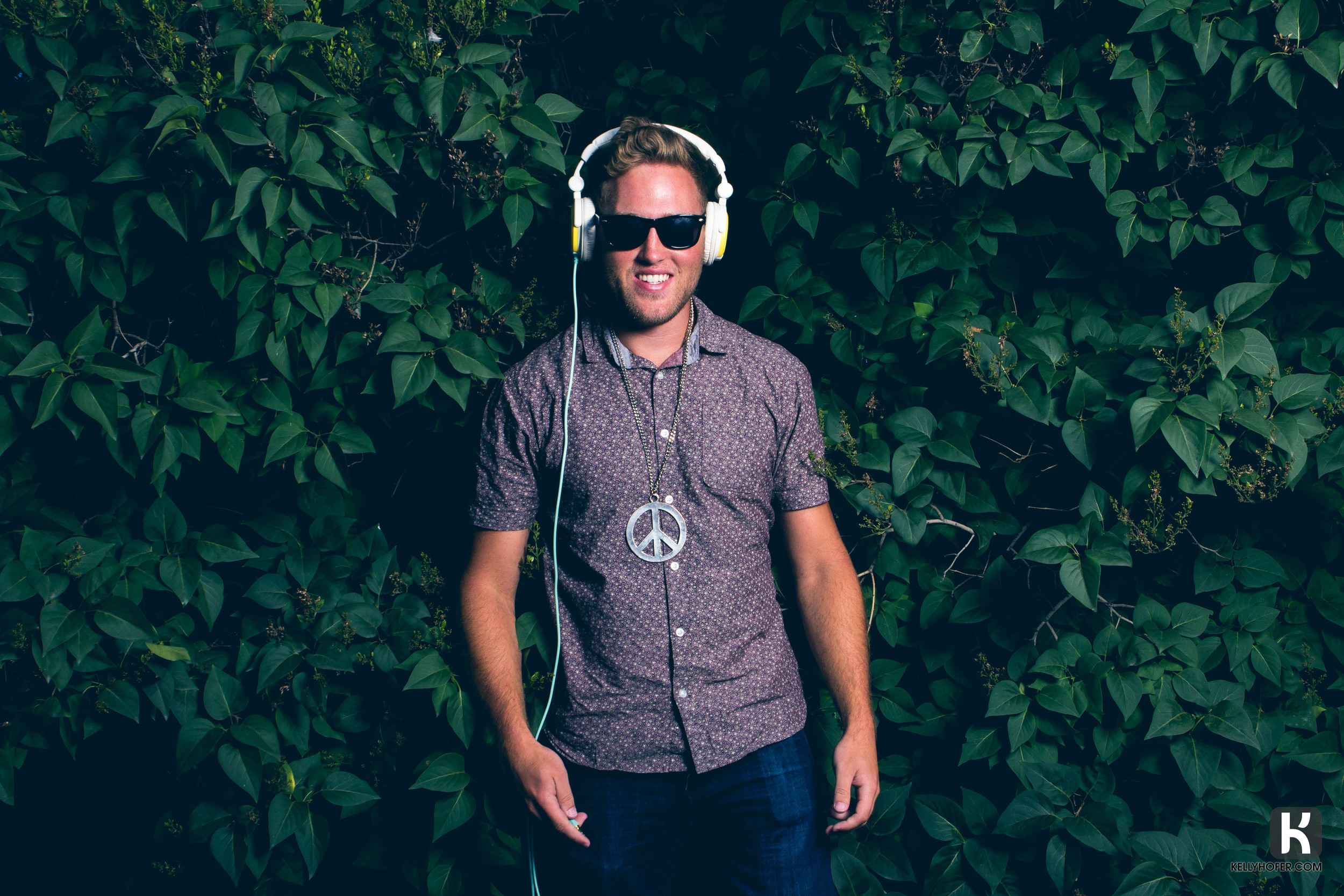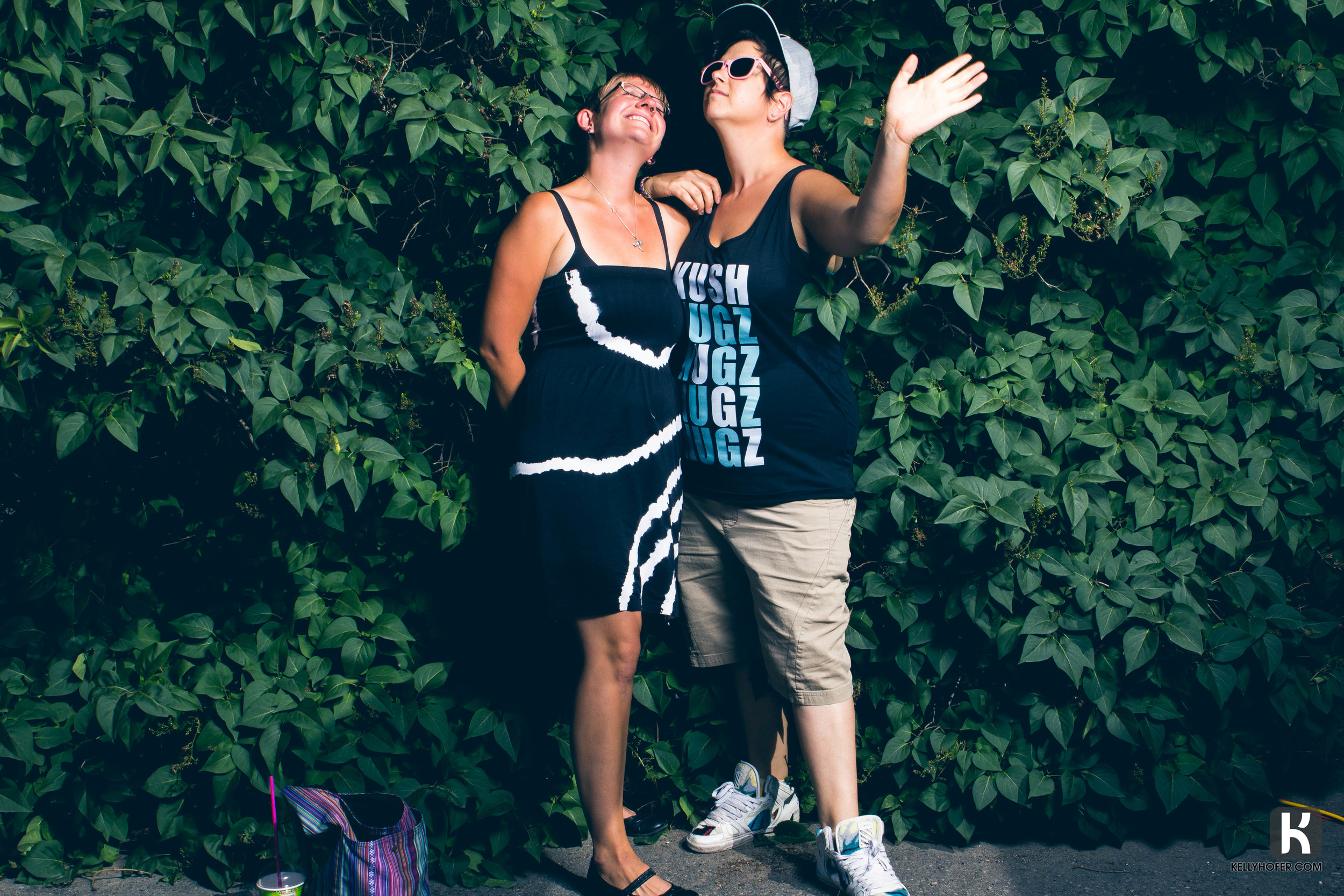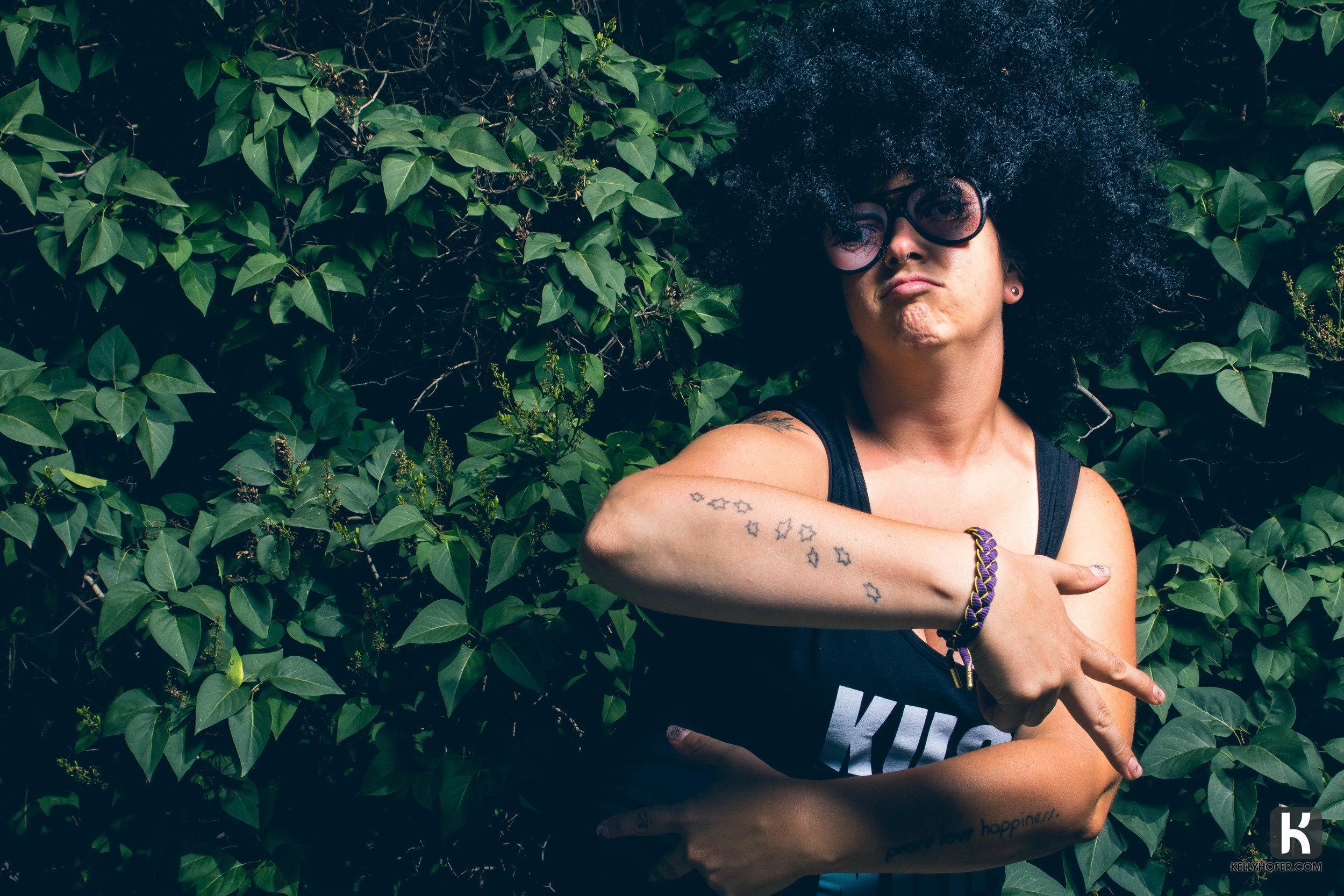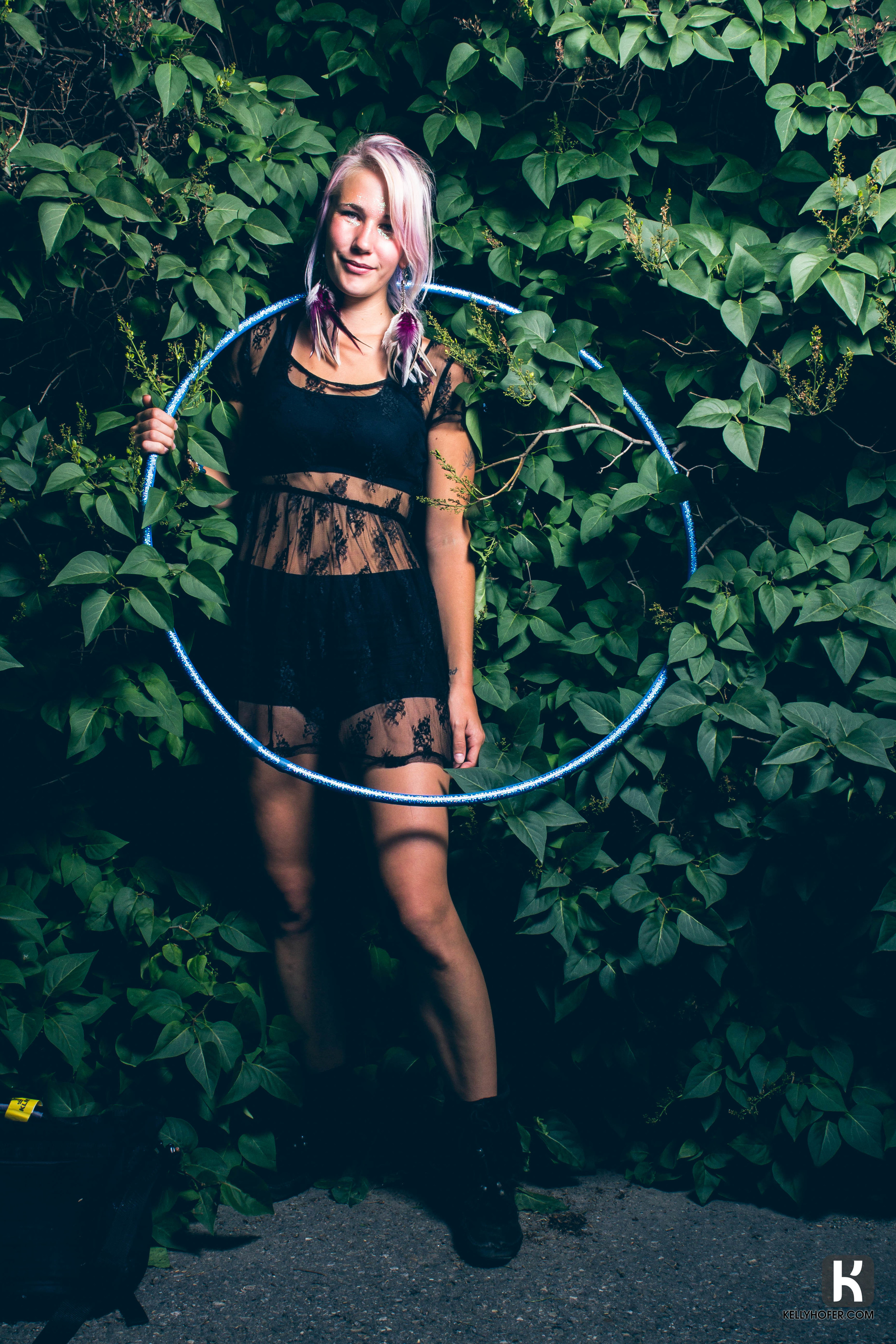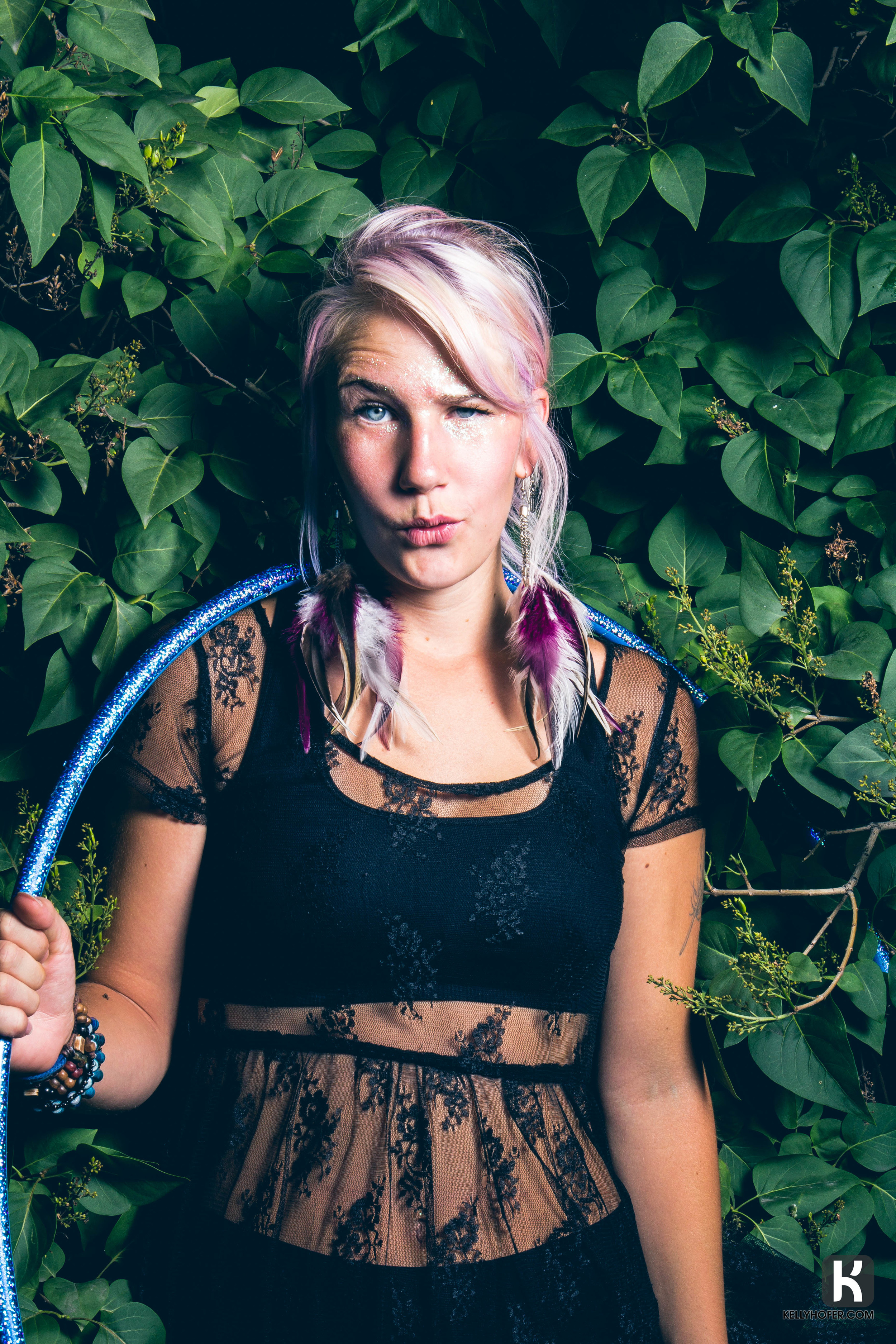While talking with photographers here in Calgary, I quickly realized that our styles of working are vastly different, and through discussion we could quickly improve upon each other’s workflow.
I’ve been studying how renowned photographers run through their workflow for a while, and have found so many small nuggets of information that helped me.
Here’s my workflow, if you see anywhere I can improve, leave
a note in the comments.
If you are a photographer and would like to write a guest post on my blog
detailing your workflow, or anything else photography related, just send me a
message with your ideas.
1. Editing Workflow.
- Coming home to my office after a Photo-Shoot, my first step is to transfer my RAW images into a folder that is sorted by Year, Month and custom name like [August 24 Kelsie]
- Using Adobe Lightroom I import the RAW files [RAW???] from the above folder. I’ll “add” the files, as I don’t want Lightroom to move them to it’s own folder structure.
- The files all get between 5 and 10 keywords to describe the location and people in the photos. This helps me find photos in a library that in the past has contained over 100,000 images. I have now cut that down by creating a new Lightroom Catalog every year.
- Once imported, rather than going through the process of elimination, I’ll go through all the photos and “pick” the photos I love at first impression, using the arrow keys and [p] key. Usually from a hundred photos I’ll find 20 that I really love.
- For photos that are terrible and I know I’ll never use, I’ll press [x] and reject them. After I finish editing, I’ll delete the actual files, this eliminates a lot of unnecessary junk from my workflow.
- After giving all the photos a personal edit, usually it takes under 10 minutes per photo, I’ll take them into Adobe Photoshop using the built in Lightroom to Photoshop feature. In Photoshop I clean up distractions using the [spot healing brush], [healing brush] ,[content aware fill] and the [clone stamp]. A basic clean takes around half an hour if done right. A more intense cleanup, usually for one-off images, takes several hours per image to properly clean up and edit faces, groups and scenes. All the magic known as “photo-shopping” happens here too.
- I save the Photoshop edits as a .psd file in the same folder where the RAW images are stored, and I also save it back to Lightroom simply by pressing [save] that leaves a edited .tiff file and the [Lightroom-edited] .cr2 file side by side in the Lightroom library.
- The final step in the editing process is simple, I select the 10-20 best images from the ones I’ve thoroughly edited and export them to a file structure identical to the one mentioned above, but this one is for .jpg images. Year-month-[month-day-photoshoot name] That file structure is also a Dropbox folder for easy backup.
2. Backups.
This step is so bloody important. I’ve lost several hard drives over the years, but none have ended up in me loosing actual data. I currently have 12 separate drives holding my data. There is one in my MacBook Pro on which I have the current months work and maybe the previous two if it fits. I have three drives on my second desktop computer, which is where my old data lies, I use that computer for memory intensive jobs like time-lapse and video. I have two external drives that both have 3 TB drives in them and a Drobo with 4 drives in it. Also, I have really old data that’s on two drives that I plug in only once a year or so. It’s stored off site. [One is still on the colony]
- The raw files for any given shoot are dumped onto my MacBook’s internal drive. The edited .jpg files are also stored on there in a Dropbox folder. That gives me an automatic online backup. [I have a 180 GB Dropbox]
- Using [Time Machine] mac-only [Sync Toy] Windows, I set up a daily backup of the jpg images and raw images. The .jpg images are backed up to the two separate drives, and the RAW files are backed up to the Drobo, which is set up as a raid drive. [raid=two copies]
- I now have 4 copies of the most recent jpg files [mac, Dropbox, two drives], and three copies of this year’s RAW files. [Mac, Drobo] I have select old raw files on the loose hard drive, and all old .jpg files on multiple loose drives.
- All jpg files are uploaded toFlickras well. I have had a pro account for almost a decade and 90 percent of my photos are only there for backup and only I can see them.
3. Posting online.
I sporadically post online. Usually I post a photo from a select photo-shoot to my Facebook page that links to a post on my Blog that includes more written content and more photos.
- Facebook is where I post the first of any photo-shoots. Generally on my Photography page first as one photo that links to the rest of the photos and a write-up on my blog.
- When I write a blog post, it sends out a link and caption to my Twitter feed, Personal Facebook wall, and my LinkedIn account.
- Having a backup on Dropbox allows me to access the photos on my phone. I download them to the Instagram app and post from there to Instagram and Facebook, never to twitter. As one cannot see the image in the twitter feed. For that I use IFTTT.
- IFTTT [if this then that] is an amazing website/service that automates the internet. I use it to extract the photos from Instagram as well as the caption and upload to twitter so people can see them without having to be redirected to the Instagram website. Using this recipe.
- Occasionally I’ll upload to Flickr, and using IFTTT as well, it’ll link the photos to a post on Twitter. Using this recipe.
- Anything I post on my blog is also posted to Tumblr using IFTTT Using this recipe.
Other links.
Thomas Hawk Workflow Blog-Post
Nick Fancher Workflow Blog-post + Video on Fstoppers
Scott Kelby Workflow Blog-post






































